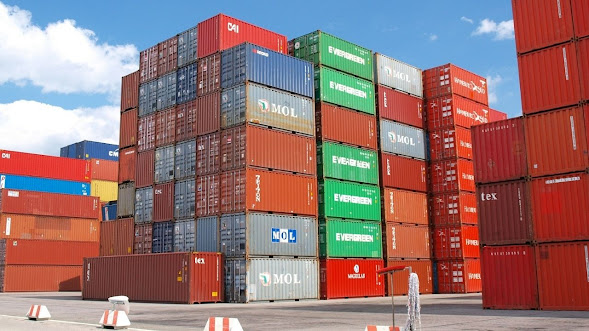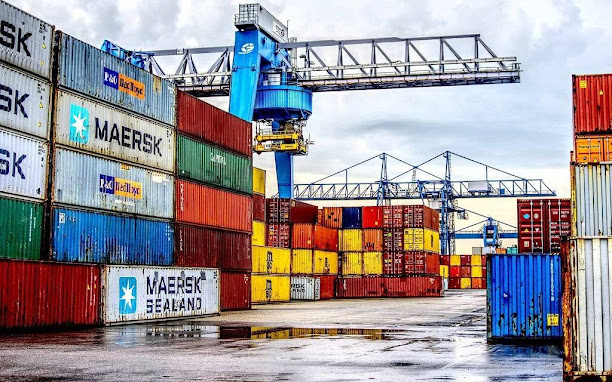4 Common Myths About Shipping Container Modifications
Shipping containers have become a popular solution for commercial and residential construction. They're affordable, durable, and easy to modify. However, there are some common myths about shipping container modifications that can make them less appealing than they really are. The purpose of this post is to clear up some of these misconceptions so that you can make an informed decision about whether or not converting a shipping container is right for your project!
Myth #1: Converting a Shipping Container Costs Much Less than Traditional Construction
One of the most common misconceptions is that converting a shipping container will be much less expensive than traditional construction. The truth is the cost varies greatly depending on a number of factors, including where you're located and how many modifications you want to make. Companies and people today are constantly seeking methods to cut expenses and save money. So it makes sense that when considering how to build a new structure, individuals are drawn to less expensive solutions.
When architects initially started using shipping containers to construct buildings, they believed that the prefabricated containers would drastically reduce construction costs. They quickly realised, however, that this was untrue. You see, shipping container modifications are not all that dissimilar from conventional construction. Builders actually utilise roughly 80% of the same materials as a conventional building when converting a cargo container.
The final message is that using shipping containers to construct buildings can definitely reduce costs, but you should be realistic about how much you want to save and what you're ready to give up.
Myth #2: Shipping Container Modifications are Temporary
It is a common misconception that shipping container modifications are only temporary structures and that they need to be torn down after their initial use. While it's true that some companies will lease or sell them as temporary structures, most containers can be reused and repurposed. Shipping containers are designed to be durable and long-lasting. Most of them can last for decades if properly maintained, so you don't need to worry about having to tear them down after a few years. You may want to consider making some modifications if you want a longer lifespan out of your container; however, this is usually just a matter of adding insulation or other finishing touches.
Myth #3: Converted Shipping Containers are Not Transportable
The third myth is that converted shipping containers aren't transportable. This couldn't be further from the truth! Converted shipping containers are 100% transportable and can be moved by truck, train, ship and more. In fact, it is actually easier to move a converted shipping container than it is to move a traditional house or building because they are lightweight and modular—they can easily be dismantled into smaller pieces for transportation by air cargo as well.
Myth #4: Custom Shipping Containers Are Contaminated with Noxious Chemicals
The myth that shipping containers are contaminated with noxious chemicals is just that, a myth. Shipping containers are not used to ship chemicals; they are used for the storage of chemicals and other materials. If you have ever seen a large tank farm or chemical plant, you may have noticed that the tanks and barrels are all made from steel. The reason for this is simple: steel will not corrode or rust from contact with the acidic nature of many organic and inorganic chemicals.
Conclusion
In this post, we've debunked four common shipping container myths. You don't have to believe everything you hear, but it's important to know the facts before making any decisions about your project.



Comments
Post a Comment